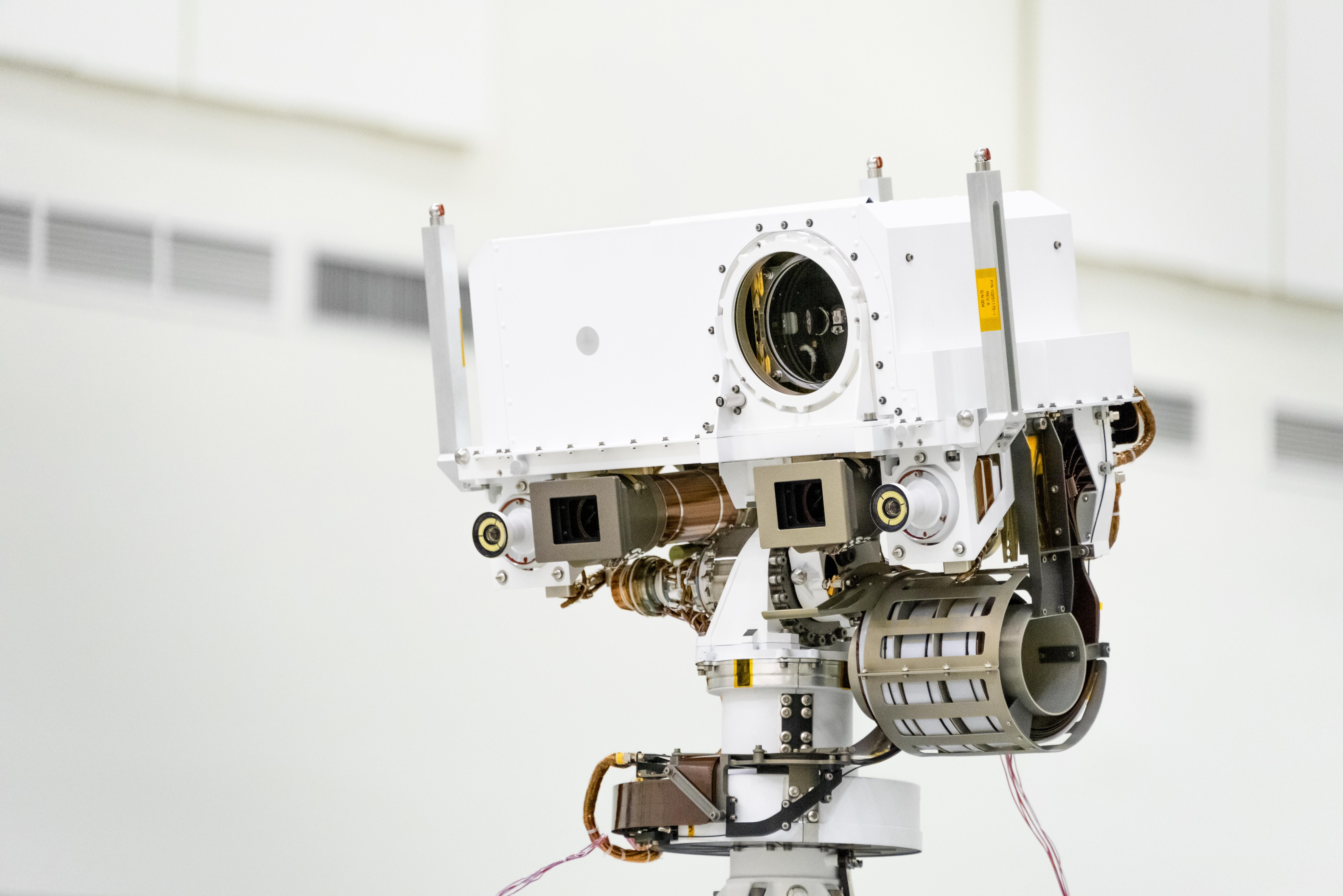Mars 2020 Rover Will be Equipped with a Stone-Crushing Laser

NASA already landed four rovers on Mars: Sojourner, Opportunity, Spirit, and Curiosity. These vehicles taught us a lot about the Red Planet but still couldn’t uncover the truth about life on Mars. NASA’s next rover might be able to do that, thanks to state-of-the-art technology that wasn’t available before.
The Agency plans to launch the new rover in July this year. The rover should land on the Red Planet less than a year later on February 18, 2021.
One of the most advanced features of the new Rover will be called “Super Cam.” Nasa developed this technology to analyze rocks and minerals on Mars’s soil more successfully than with the previous “ChemCam.”
The “Super Cam” has a high-resolution camera with artificial intelligence, trained to spot rocks that would be interesting for research. However, the most exciting part comes after the camera detects the stones.
Then, the rover will employ a potent laser to crush the rocks literally. According to NASA, this is a much more powerful laser than the one on the “Chem Cam.” The beam from the new laser will be able to heat the rocks to 18,000 °F (10,000 °C).
This method is called laser-induced breakdown spectroscopy and is powerful enough to vaporize rocks from a distance of over 20 feet (6 meters). That is important because the laser will be positioned on the top of the rover, which is about 7 feet (2.2 meters) above the ground.
Apart from the powerful stone-crushing laser, NASA will equip the rover with a green laser that will be used after the stones were evaporated. This laser will be able to spot minerals and carbon-based chemicals that might be a sign of a previous life on the planet.
Finally, NASA will also equip the rover with a microphone. “The microphone serves a practical purpose by telling us something about our rock targets from a distance. But we can also use it to directly record the sound of the Martian landscape or the rover’s mast swiveling,” said Sylvestre Maurice of the Institute for Research in Astrophysics and Planetary Science in Toulouse, France.

 Tech Steel & Materials
Tech Steel & Materials